"You can accomplish anything you put your mind to. You just have to be willing to do whatever it takes." How many times had I told my son that, as he grew into manhood. Now it was my turn to walk the talk. I'd just retired from a 40-year career in science and public service a few weeks earlier, and had set about reinventing myself as a wild-lands artist. My plan was to paint from personal experiences, and focus on subjects that I wanted to know more about, so that every artwork would have a real story.
I had applied for an Artist-in-Residence volunteer appointment through Alaska's Voices of the Wilderness program, administered by the US Forest Service and the National Park Service. Western Arctic National Parklands had selected me from about 80 applicants for the 2015 season.
I had applied for an Artist-in-Residence volunteer appointment through Alaska's Voices of the Wilderness program, administered by the US Forest Service and the National Park Service. Western Arctic National Parklands had selected me from about 80 applicants for the 2015 season.
It was now mid-September, and I was in northwest Alaska, nestling into the back seat of a float plane, surrounded by gear, and accompanied by National Park Service ranger Tyler Teuscher. Pilot Dan Sheldon was taking us to Feniak Lake, about 150 miles north of the Arctic Circle, deep inside the largest contiguous designated-Wilderness area in North America (Noatak and Gates of the Arctic combined).
I tried to envision the area's natural and human pre-history as we passed over the beautiful snow capped Baird Mountains, skirted around Great Kobuk Sand Dunes, and descended over the Aniuk Lowlands where a massive glacial lake had stood thousands of years ago.
I tried to envision the area's natural and human pre-history as we passed over the beautiful snow capped Baird Mountains, skirted around Great Kobuk Sand Dunes, and descended over the Aniuk Lowlands where a massive glacial lake had stood thousands of years ago.
Scientist David Barnes has written that buried ice or sediments in the Aniuk Lowlands could extend for a half mile deep below today's land surface. Feniak Lake lies just north of the Aniuk Lowlands, at the southern edge of Siniktanneyak Mountain, a huge uplifted mass of 150-million-year-old volcanic sea floor rocks. Our destination was much younger than that. Geologist Thomas Hamilton tells us that Feniak Lake was formed by glaciers only about 27,000-21,000 years ago. Animals have moved across this land, and between Asia and North America, many times before rising sea levels blocked westward passage about 11,000 years ago. People also settled here, or passed through on their ways east, south or north. Clearly there were many stories that this landscape could tell us, but which would I be inspired to tell through my art?
Our flight from Kotzebue, Alaska to Feniak Lake in Noatak National Preserve crossed about 200 miles of roadless lands. As we circled Feniak Lake, I could see a broad plain stretched below snow-capped mountains, with tundra, sparsely-vegetated gravel washes, and several smaller lakes now already half-frozen.
Wind-whipped whitecaps presented us with a bumpy landing surface on Feniak Lake, and as soon as we were on the water, strong winds tried to push the plane back off shore. Dan fastened a line to the plane, jumped down, and stomped a folding boat anchor into the beach gravels. He and Tyler quickly offloaded our gear, while I kept my weight on the anchor to prevent it from pulling loose. After a quick re-briefing about communications and weather, Dan was back in the air. We secured our lighter bags to heavier pieces on the beach, so that they wouldn't also take flight, then stopped to look around. This was real Wilderness!
We were on our own...
It didn't take long for us to see that the high gravel platform where we'd been dropped off wasn't going to work for camping in this wind. We gathered up whatever we could shoulder and went looking for a sheltered location on the west side of the lake.
We were on our own...
It didn't take long for us to see that the high gravel platform where we'd been dropped off wasn't going to work for camping in this wind. We gathered up whatever we could shoulder and went looking for a sheltered location on the west side of the lake.
Our first prospect was next to a flat-topped hill below a gravel landing strip occasionally used by wheeled planes. A rusty old fuel drum rested half-buried in the sediment. But the area was flooded and still exposed to wind, so we kept moving. Our bodies were sweating as we carried our loads down the shore, but the winds bit at our faces each time we turned around for more gear.
After crossing a couple of small streams, we came to another gravel berm that blocked the strongest winds, those from the north. Despite muddy ground under foot and a shallow pool of water only a few feet away, we set our tents up along the base of this smaller berm, cooked a quick dinner, and were ready to turn in within about four hours of landing.
Tyler and I were already experienced with cold-weather camping. We'd made an early decision to each carry duplicates of critical gear, so that if an important piece of equipment failed, was lost, or misplaced, we'd be able to share. We also carried extra sets of warm clothing, reserving a dry set for possible emergencies. When preparing for this trip, I'd tucked a zero degree F rated mummy bag inside my larger -10 degree F sleeping bag, and then laid them both over an insulated inflatable air mattress. All things considered, I figured that this would make for a warm and comfortable night, at least when combined with a couple of layers of polypro, fleece, wool, and down clothing to cover any bare skin.
A strong cold front blew in during our first night at Feniak Lake, and the wet ground around our chosen campsite froze rock-solid, effectively converting our tent pegs into pitons. I was thankful that I had learned not to rely on the manufacturers' comfort ratings for my sleeping bags, as neither bag alone would have sufficed alone in such weather.
Day 2
Tyler and I were already experienced with cold-weather camping. We'd made an early decision to each carry duplicates of critical gear, so that if an important piece of equipment failed, was lost, or misplaced, we'd be able to share. We also carried extra sets of warm clothing, reserving a dry set for possible emergencies. When preparing for this trip, I'd tucked a zero degree F rated mummy bag inside my larger -10 degree F sleeping bag, and then laid them both over an insulated inflatable air mattress. All things considered, I figured that this would make for a warm and comfortable night, at least when combined with a couple of layers of polypro, fleece, wool, and down clothing to cover any bare skin.
A strong cold front blew in during our first night at Feniak Lake, and the wet ground around our chosen campsite froze rock-solid, effectively converting our tent pegs into pitons. I was thankful that I had learned not to rely on the manufacturers' comfort ratings for my sleeping bags, as neither bag alone would have sufficed alone in such weather.
Day 2
Cold winds also caused additional challenges. Even with a sheltered location for our camp kitchen, the winds were cold and strong enough to make our pocket lighters unreliable, magnesium fire starters impractical, and to blow out regular and waterproof matches before their tips had even fully ignited. This gave me pause to reflect on the contents of my pocket-size emergency kit. Fortunately, the "storm proof" matches it carried lived up to their name and held a hot flame until we could light our stoves. (I'll need to remember next time to pack a windproof pocket lighter, as well.) Our white gas and mixed propane-butane canister stoves were both slow to light under these conditions, but once they were burning they produced enough boiling water for cooking and refilling canteens at every meal.
After breakfast, we loaded our daypacks with emergency supplies and provisions, carried bear spray and a firearm, and began what we hoped would be a long hike. Crossing wet tussock tundra would have been more challenging a few weeks earlier. By now the ground was frozen solid, but there was still a strong headwind.
Other than a few skulls and racks of antlers, large animals were nowhere to be seen. We crossed several caribou and bear trails; sometimes side-by-side, and found recent sign from both species. We accidently flushed a raptor when we came too close to its hiding place. Like the other animals with better-than-human instincts, the bird was apparently hunkered down for the weather. It struggled to get aloft, turned, and let the wind carry it away.
Other than a few skulls and racks of antlers, large animals were nowhere to be seen. We crossed several caribou and bear trails; sometimes side-by-side, and found recent sign from both species. We accidently flushed a raptor when we came too close to its hiding place. Like the other animals with better-than-human instincts, the bird was apparently hunkered down for the weather. It struggled to get aloft, turned, and let the wind carry it away.
Day 3
The winds picked up again during our second night and Feniak Lake became downright choppy.
The winds picked up again during our second night and Feniak Lake became downright choppy.
Throughout the night, strong gusts repeatedly flattened my tent, before the tent's tubular frame could spring back into position. With the constant drumming of flapping canvas, I failed while sleeping, to notice that the parachute cord holding my tent vestibule closed had snapped in the wind, allowing wind to blow straight through my screened tent. Fortunately, my tent fly was well anchored to the ground. It's not impossible to lose a tent fly under such conditions. I was carrying a small military-surplus bivy-bag as a emergency backup shelter, but didn't need to use it.
As temperatures dropped, ice formed quickly over the streams and pools that we'd need to cross if wanted to hike further along the perimeter of the lake. We deemed crossing deeper water imprudent under these conditions, and made a strategic decision to stay closer to camp
As temperatures dropped, ice formed quickly over the streams and pools that we'd need to cross if wanted to hike further along the perimeter of the lake. We deemed crossing deeper water imprudent under these conditions, and made a strategic decision to stay closer to camp
I'd been unable to find the thermometer that I'd packed and neither of us brought a wind gauge, so we can only guess about temperature and wind speed. My best estimate was that daytime temperatures were running around 10-20 degrees F with winds blowing around 30-40 mph, with gusts even higher (wind-chill zero to -15 degrees F).
We were surprised to discover that the water in a shallow pool close to camp had frozen in-place as waves during this wind.
We were surprised to discover that the water in a shallow pool close to camp had frozen in-place as waves during this wind.
We were well supplied with gear and provisions, but under such conditions leaving shelter even for occasional brief sanitary needs became a chilly, sometimes even painful, proposition.
We'd scheduled twice daily check-ins by satellite phone, at 9 am and 6 pm. On our third morning, Tyler reported deteriorating weather and suggested that although we were warm and dry, and had plenty of food and fuel, we would be amenable to a pickup during the next day or two - if convenient. We agreed to discuss landing conditions again on our next call, as it was plain to see that no float plane could land at Feniak Lake under the conditions that morning. We were also advised that the weather had delayed air transports for about 75 other people around the Noatak (hunters, scientists, etc.).
Given the unrelenting wind, it would have been impractical to unpack my tripods and six other cameras that I'd brought with me in hopes of recording a mass caribou migration. There were precious few animals to be seen, and the memory of cameras that I'd lost in the past to silt and water spray damage was still fresh on my mind.
If I'd been thinking ahead, I would have also switched to an older pair of glasses that I'd brought as a spare - but I hadn't. By this time, my new glasses had already been fogged beyond repair by scratches from blowing silt and sand, but at least they'd served their primary purposes, enabling me to see the view - and keeping that sand out of my eyes.
We were both prepared for spending much of our third day reading in our tents; me with a stack of technical reports about the area's natural and cultural history, and Tyler with a good book. I also slipped outside frequently to take additional reference photos of vegetation, rocks, land, water, and sky for the painting that I was already designing in my mind.
Considering the landscape laid out before me, I decided to paint a panoramic time-series, with three panels each representing time periods several thousand years apart (about 12,000 years ago, 2,000 years ago, and the present).
We'd scheduled twice daily check-ins by satellite phone, at 9 am and 6 pm. On our third morning, Tyler reported deteriorating weather and suggested that although we were warm and dry, and had plenty of food and fuel, we would be amenable to a pickup during the next day or two - if convenient. We agreed to discuss landing conditions again on our next call, as it was plain to see that no float plane could land at Feniak Lake under the conditions that morning. We were also advised that the weather had delayed air transports for about 75 other people around the Noatak (hunters, scientists, etc.).
Given the unrelenting wind, it would have been impractical to unpack my tripods and six other cameras that I'd brought with me in hopes of recording a mass caribou migration. There were precious few animals to be seen, and the memory of cameras that I'd lost in the past to silt and water spray damage was still fresh on my mind.
If I'd been thinking ahead, I would have also switched to an older pair of glasses that I'd brought as a spare - but I hadn't. By this time, my new glasses had already been fogged beyond repair by scratches from blowing silt and sand, but at least they'd served their primary purposes, enabling me to see the view - and keeping that sand out of my eyes.
We were both prepared for spending much of our third day reading in our tents; me with a stack of technical reports about the area's natural and cultural history, and Tyler with a good book. I also slipped outside frequently to take additional reference photos of vegetation, rocks, land, water, and sky for the painting that I was already designing in my mind.
Considering the landscape laid out before me, I decided to paint a panoramic time-series, with three panels each representing time periods several thousand years apart (about 12,000 years ago, 2,000 years ago, and the present).
Day 4
We spent our final day in the field breaking camp and carrying gear to a pickup site, situated between our camp and the original drop-off location. Dan picked us up around 5 pm for the flight back to Kotzebue. While wind and wave conditions were still rough, they were also probably the best we'd seen since we'd landed.
This brief foray into the Noatak Wilderness was perhaps not everything that Tyler or I had expected. We weren't able to patrol the full perimeter of the lake on foot, to explore the ancient caribou drives that had been described to me by archaeologists, or to inspect dramatic ground-thaw exposures that I'd seen previously from the air. But we also didn't lament for lack of a tram, ferry, or other modern conveniences that might have made our visit that much more "predictable".
We adapted our expectations to experience Wilderness on its terms - not ours. It has to be that way, because when we reshape nature to fit even the best designer's image of what it could become, we've lost the strong benefits of investing ourselves in solitude, sensing what is natural with all five senses, and on nature's own terms. Anything less than this becomes...well, a stroll in the park - as beautiful, welcoming, pleasant, safe - and tamed as that can be.
Wild-ness is the critical element that makes Wilderness what it is.
My artwork and my life are greatly enhanced by authentic experiences. I will likely need to draw upon both the right and left sides of my brain to fill in the gaps between the scenes that my eyes and camera witnessed here and the art that I produce, but I would not trade my memories of the Noatak Wilderness for a bag of Alaska gold.
We spent our final day in the field breaking camp and carrying gear to a pickup site, situated between our camp and the original drop-off location. Dan picked us up around 5 pm for the flight back to Kotzebue. While wind and wave conditions were still rough, they were also probably the best we'd seen since we'd landed.
This brief foray into the Noatak Wilderness was perhaps not everything that Tyler or I had expected. We weren't able to patrol the full perimeter of the lake on foot, to explore the ancient caribou drives that had been described to me by archaeologists, or to inspect dramatic ground-thaw exposures that I'd seen previously from the air. But we also didn't lament for lack of a tram, ferry, or other modern conveniences that might have made our visit that much more "predictable".
We adapted our expectations to experience Wilderness on its terms - not ours. It has to be that way, because when we reshape nature to fit even the best designer's image of what it could become, we've lost the strong benefits of investing ourselves in solitude, sensing what is natural with all five senses, and on nature's own terms. Anything less than this becomes...well, a stroll in the park - as beautiful, welcoming, pleasant, safe - and tamed as that can be.
Wild-ness is the critical element that makes Wilderness what it is.
My artwork and my life are greatly enhanced by authentic experiences. I will likely need to draw upon both the right and left sides of my brain to fill in the gaps between the scenes that my eyes and camera witnessed here and the art that I produce, but I would not trade my memories of the Noatak Wilderness for a bag of Alaska gold.
_____________________________________________________________________________
This story does not end with our flight back to Kotzebue. It picks up again with regular posts on my National Park Art Facebook page. There, you can follow my process of creating three new paintings for the Western Arctic National Parklands visitor center.
We love feedback. Feel free to leave comments or questions on Facebook, and if you like National Park Art, please "like" the National Park Art Facebook page.
https://www.facebook.com/NationalParkArt/
This story does not end with our flight back to Kotzebue. It picks up again with regular posts on my National Park Art Facebook page. There, you can follow my process of creating three new paintings for the Western Arctic National Parklands visitor center.
We love feedback. Feel free to leave comments or questions on Facebook, and if you like National Park Art, please "like" the National Park Art Facebook page.
https://www.facebook.com/NationalParkArt/
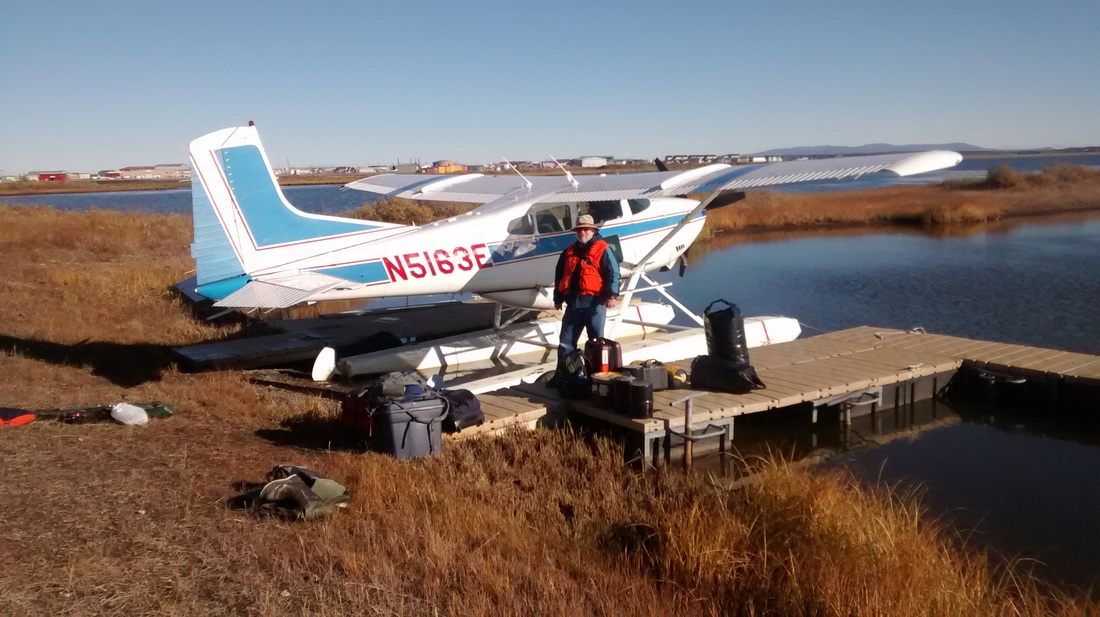
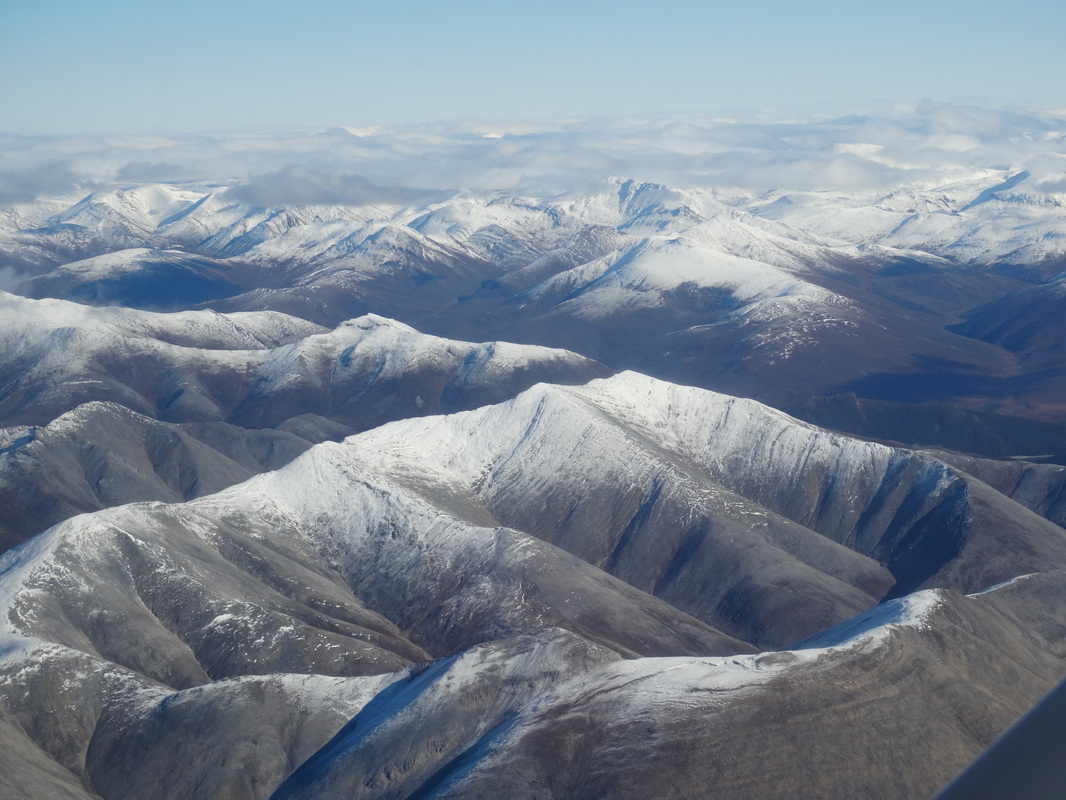
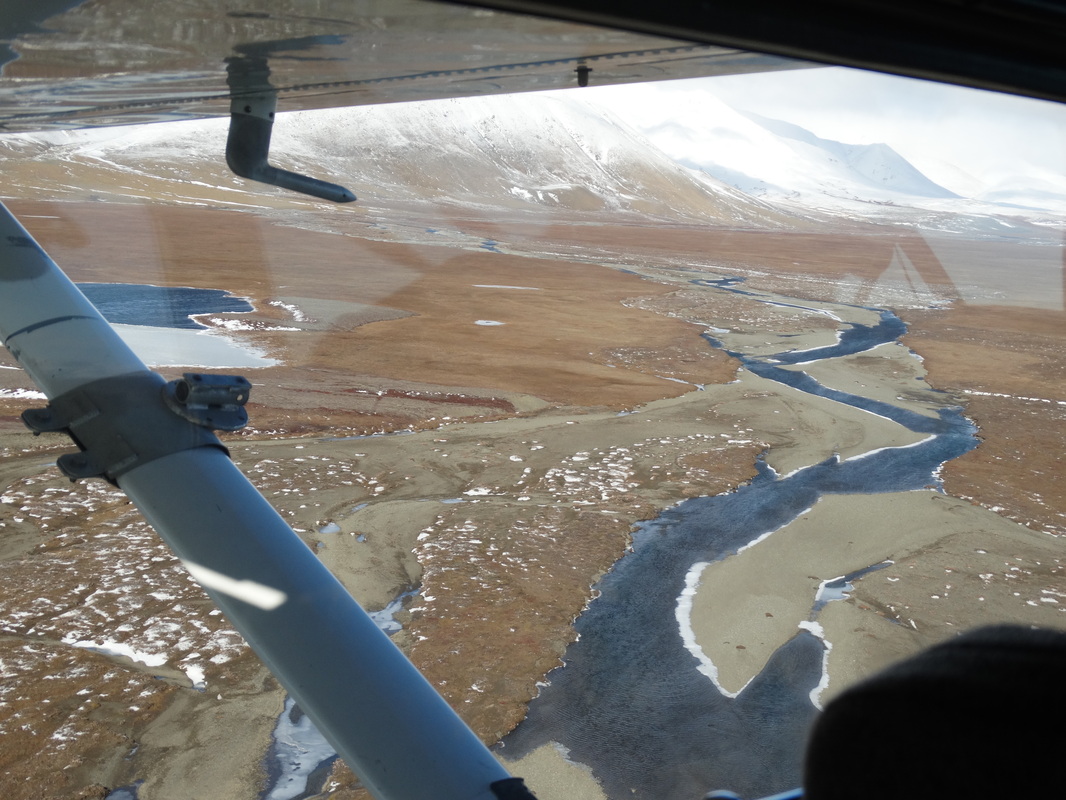
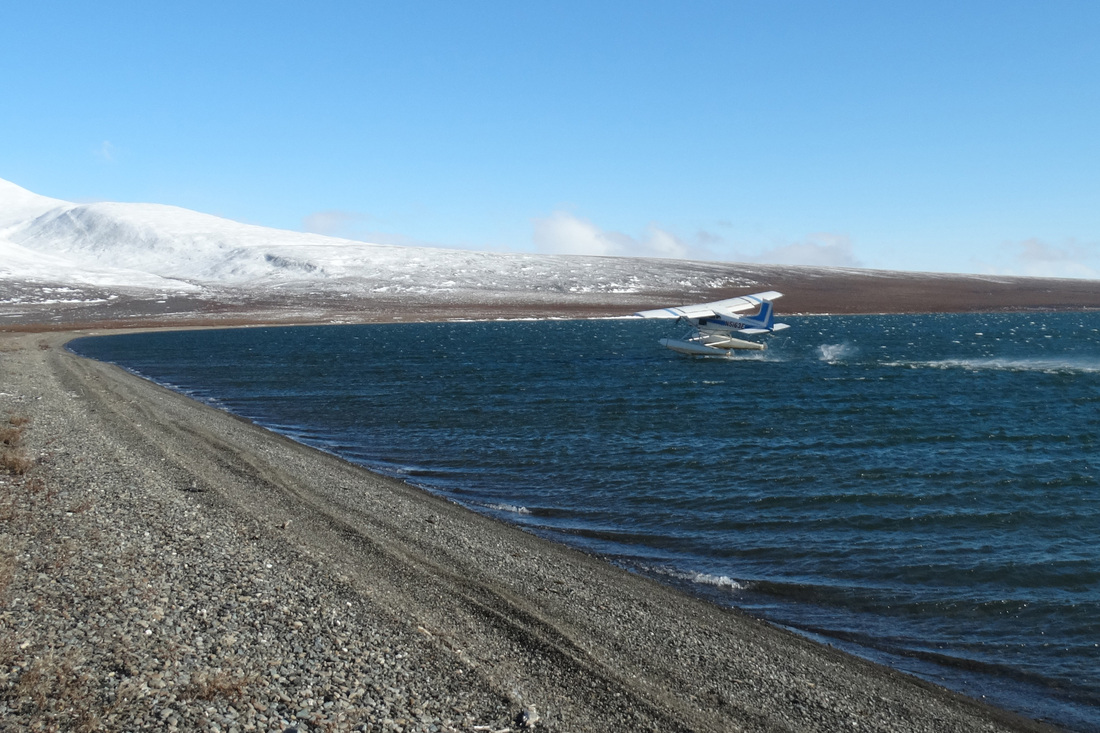
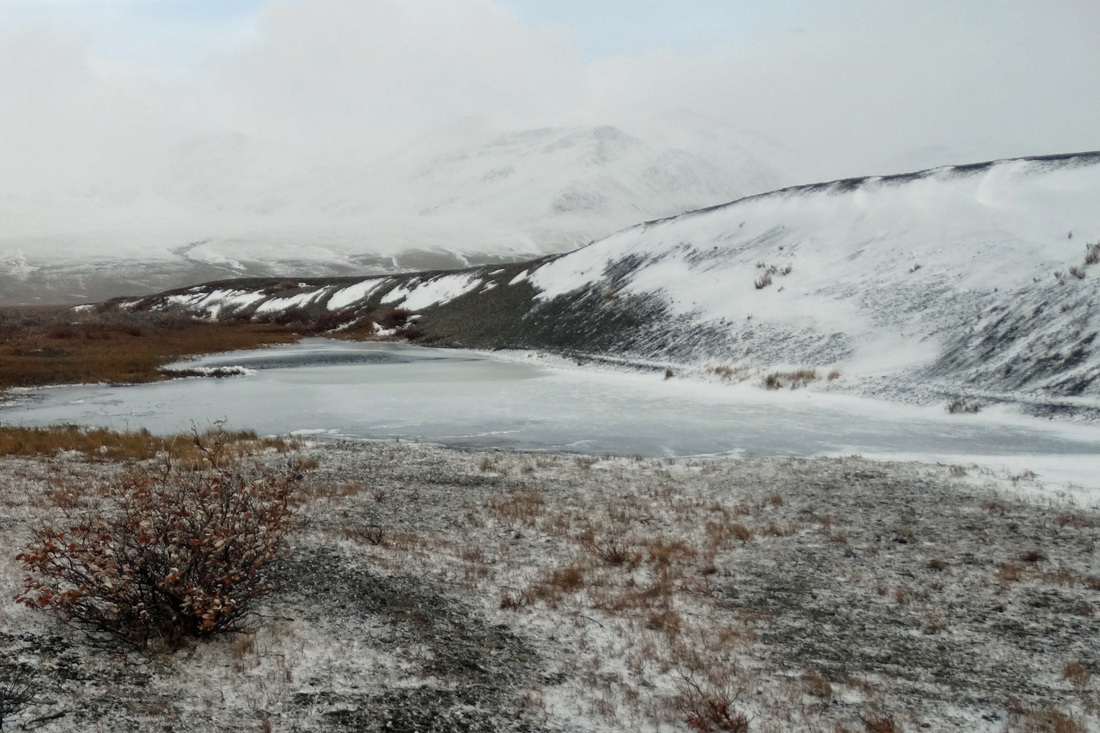
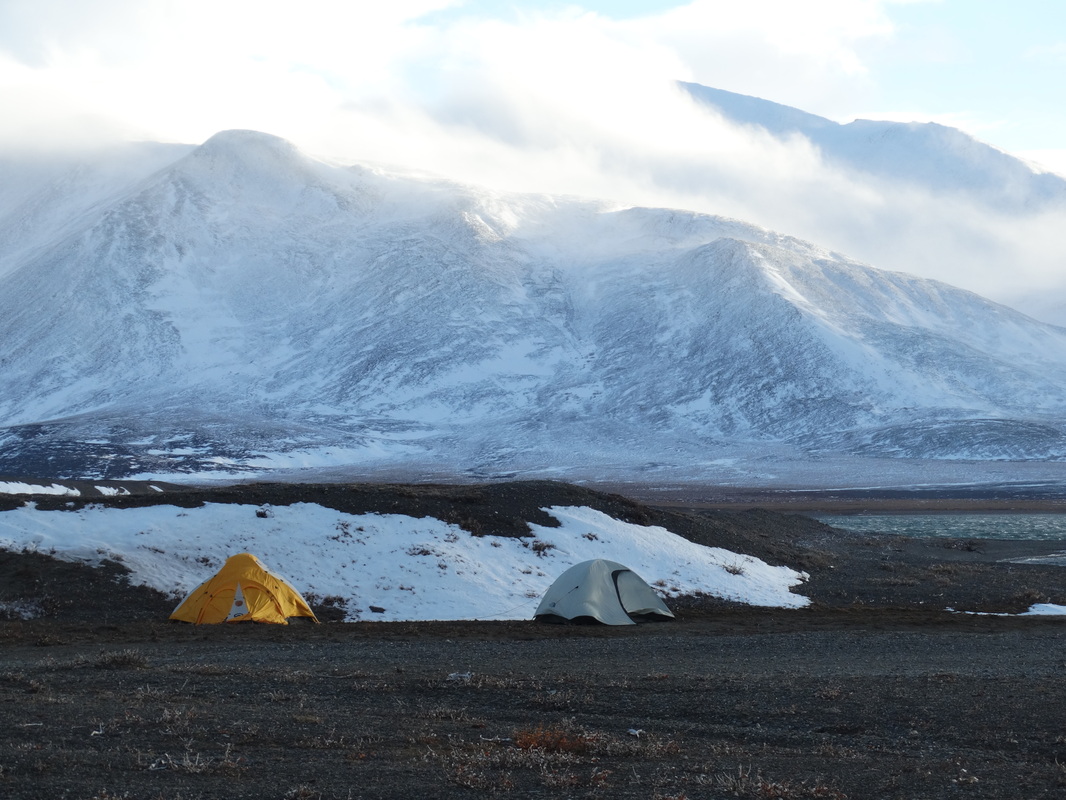
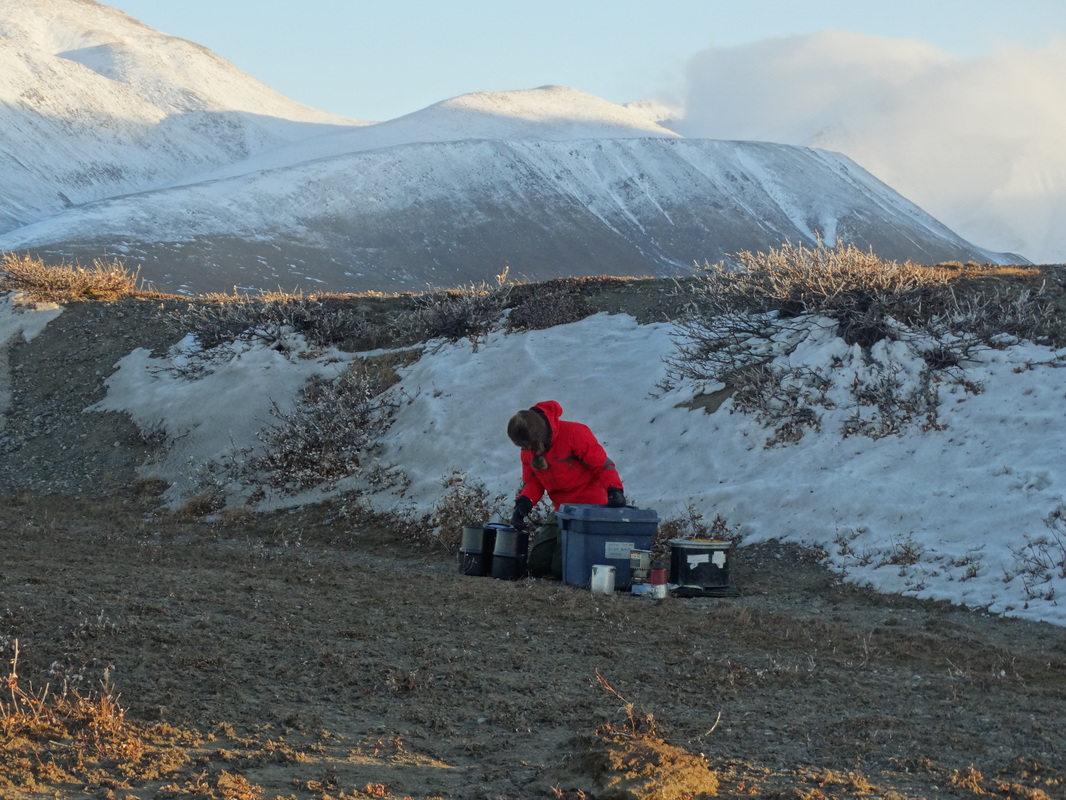
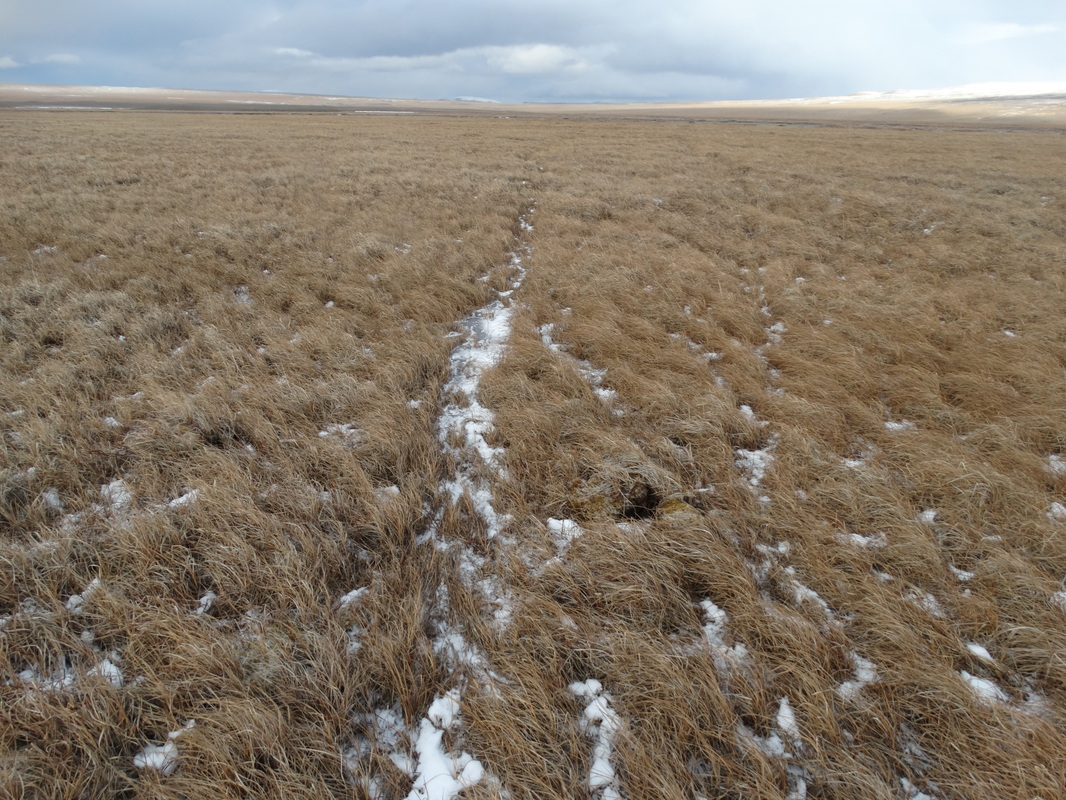
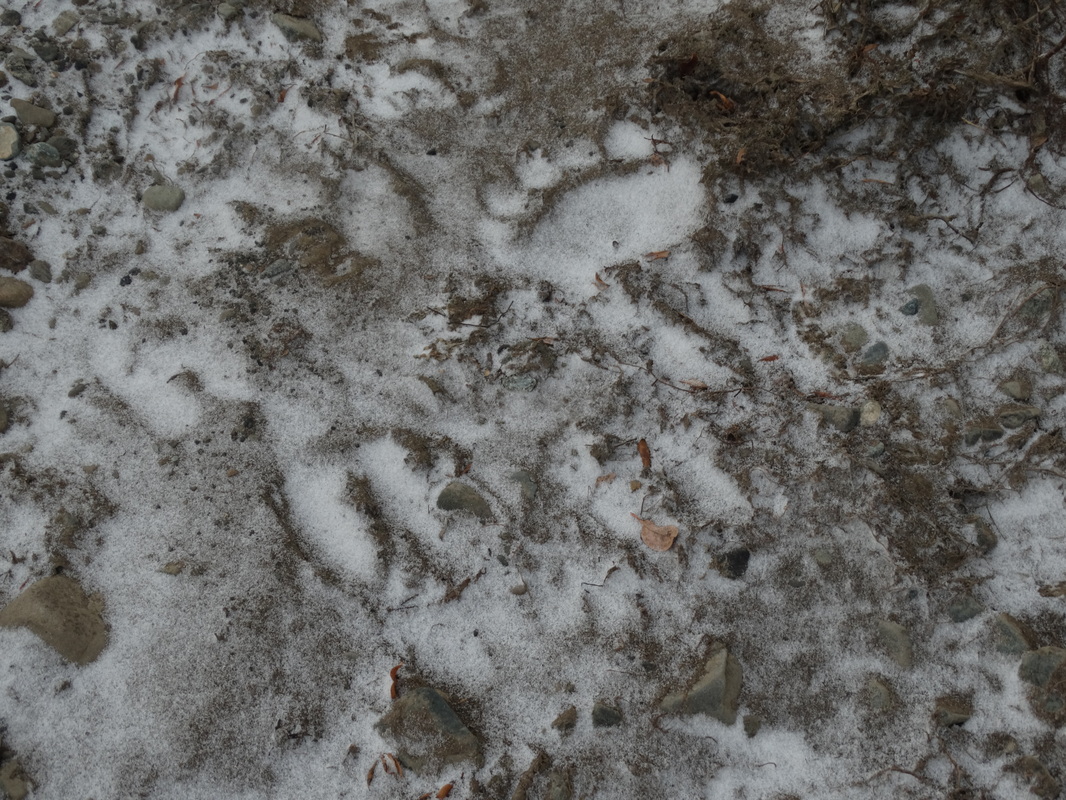
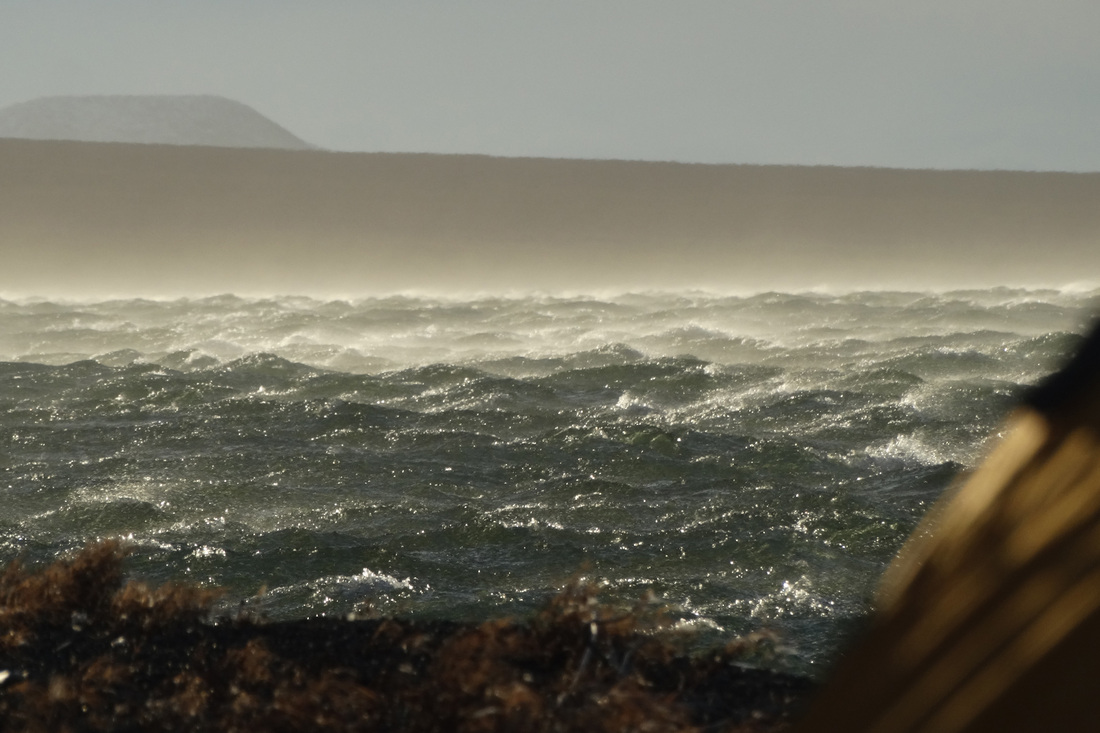
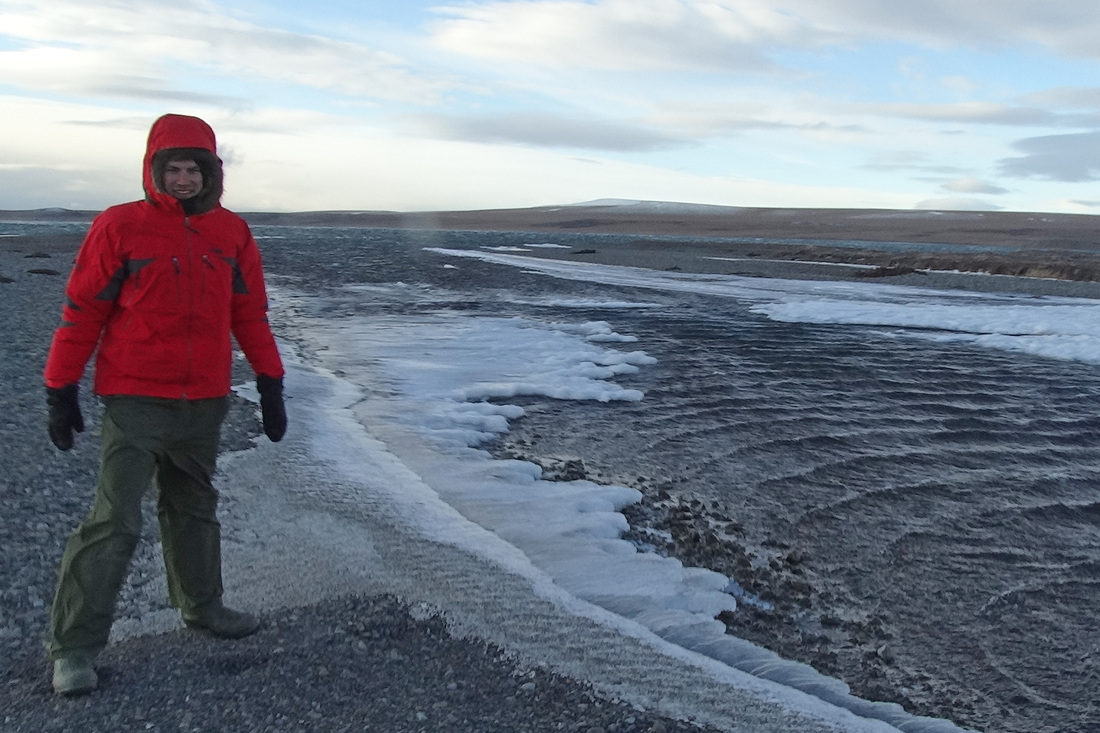
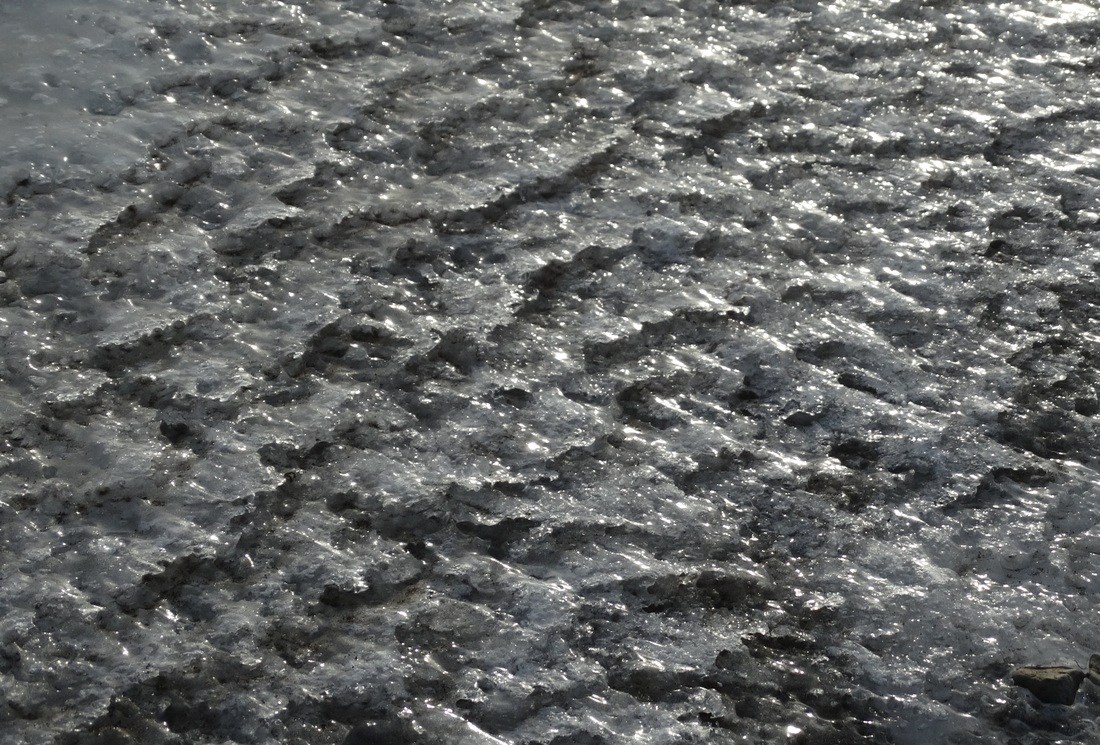

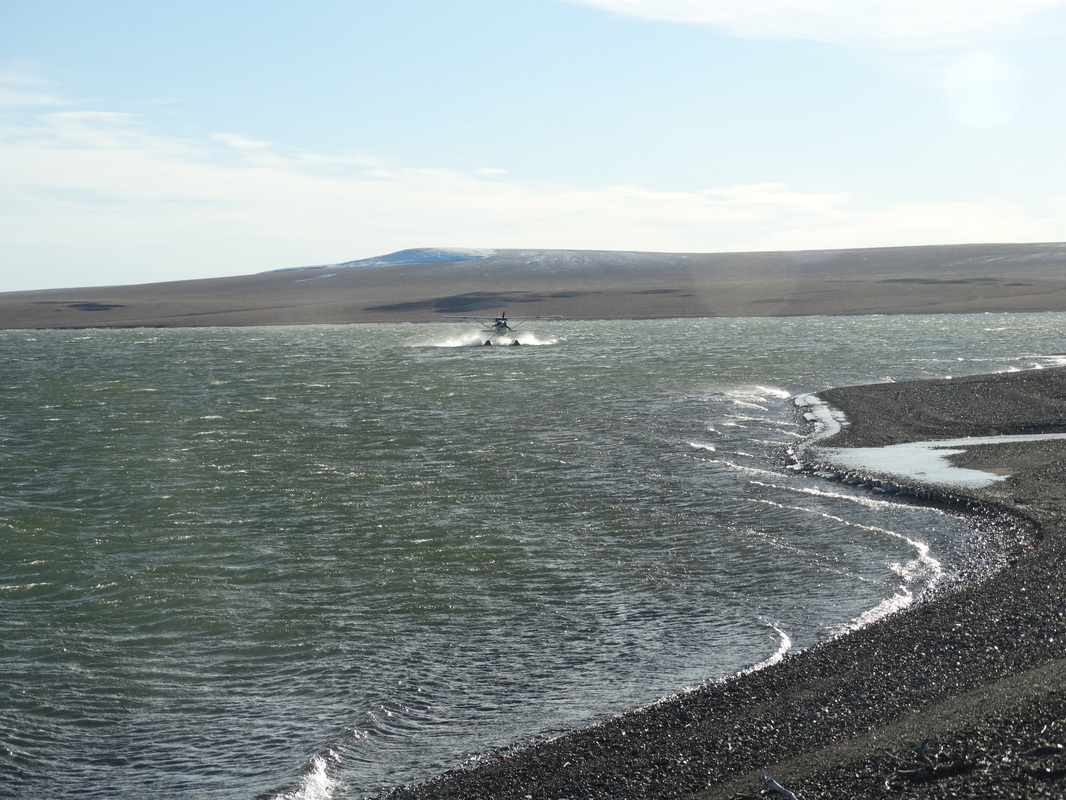
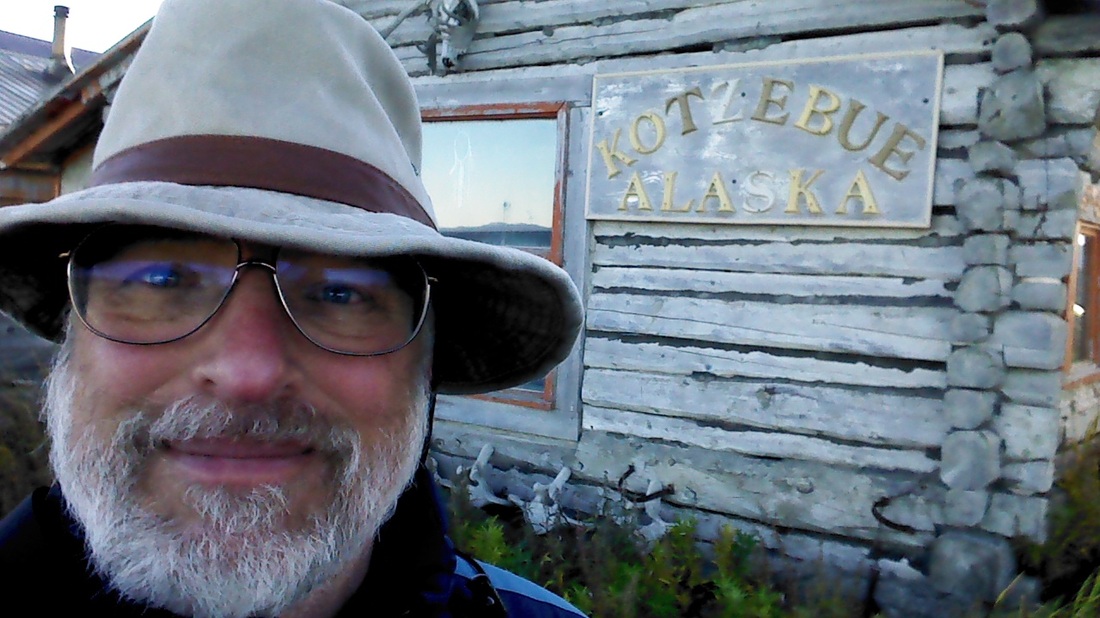
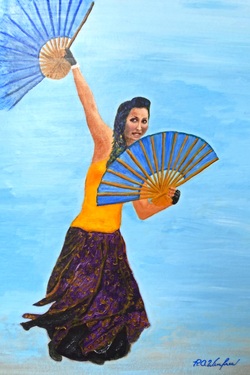
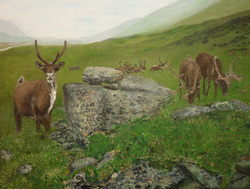
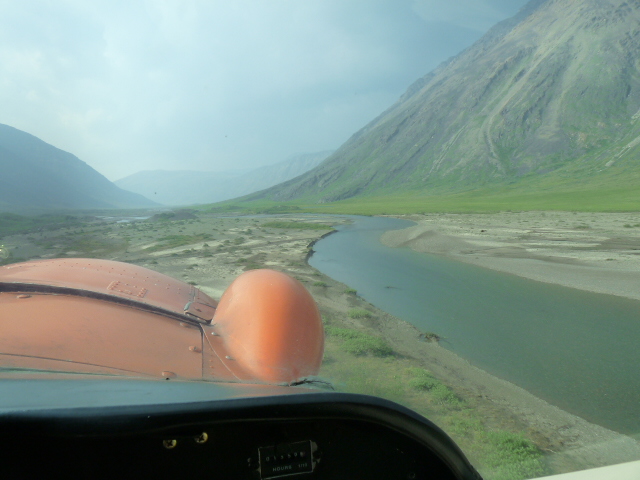
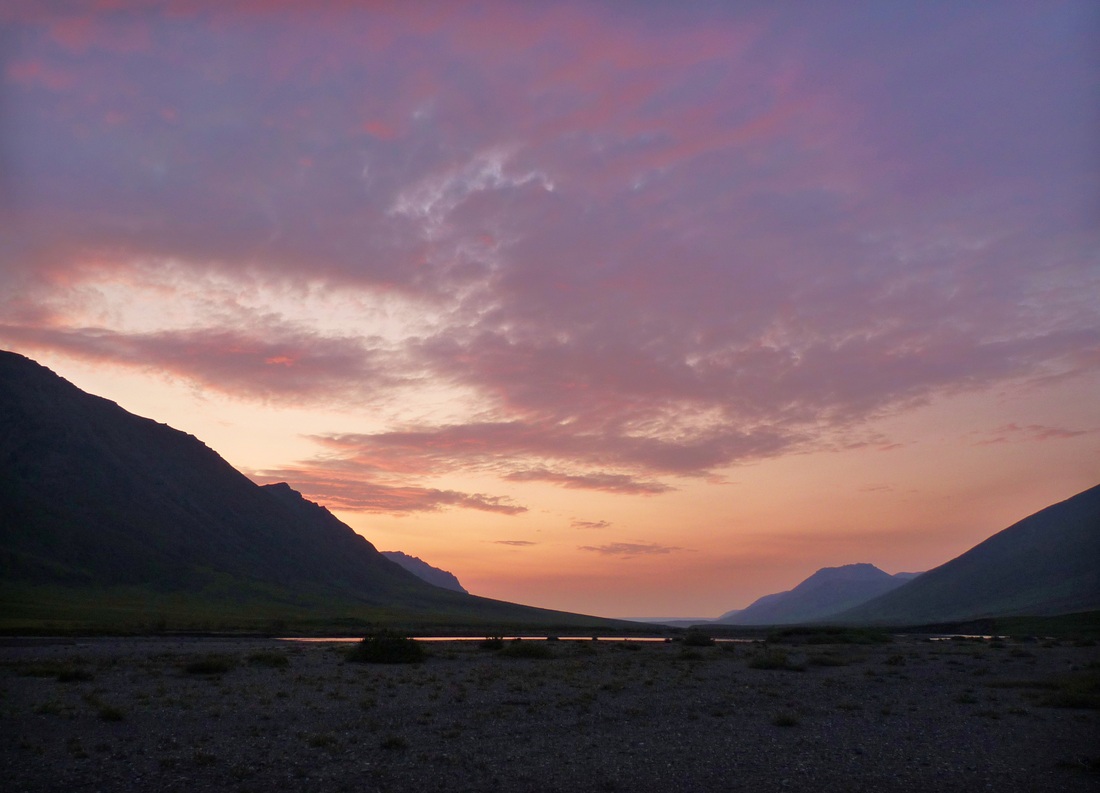
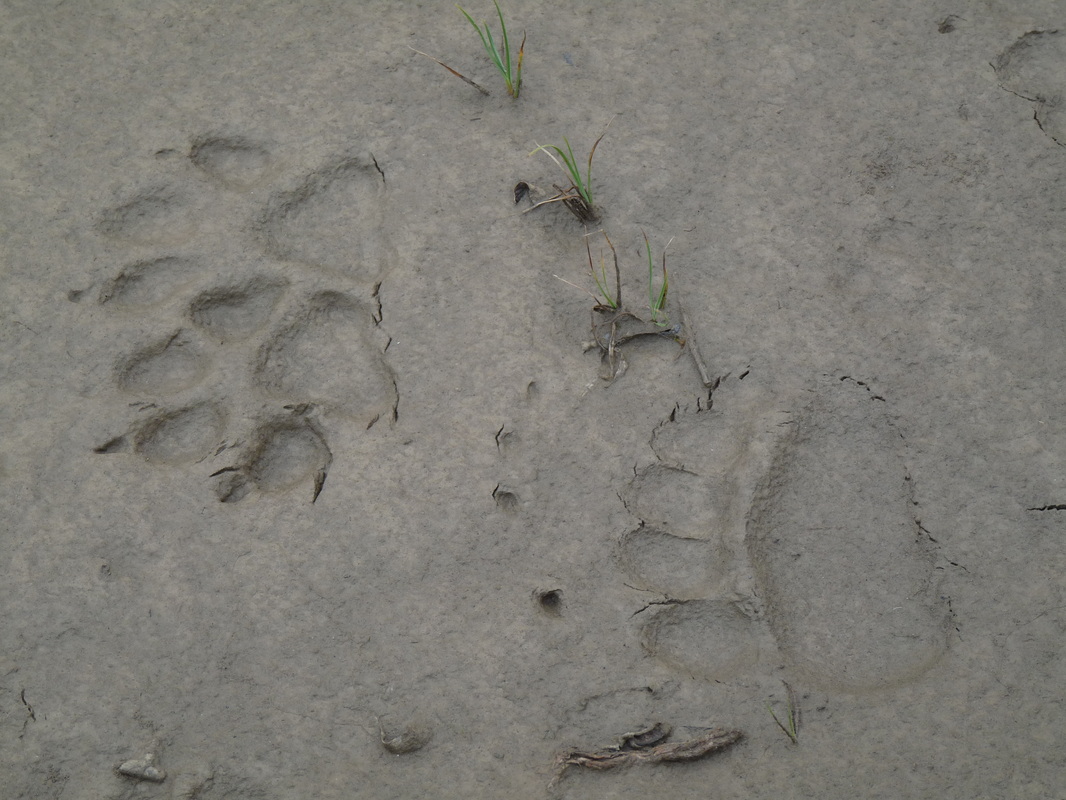
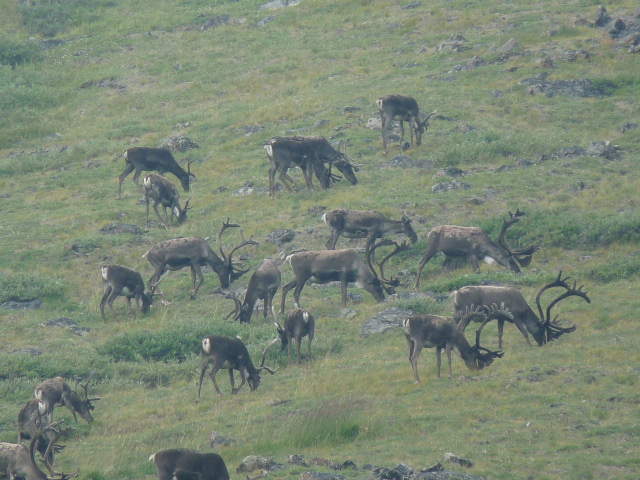
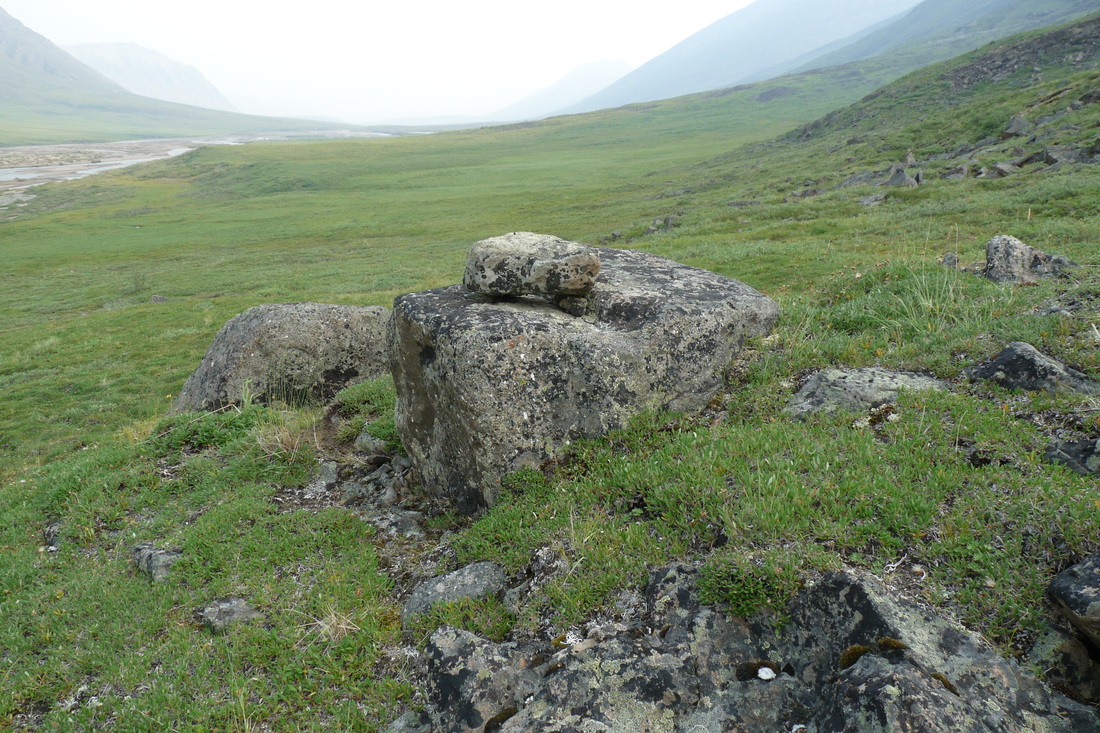
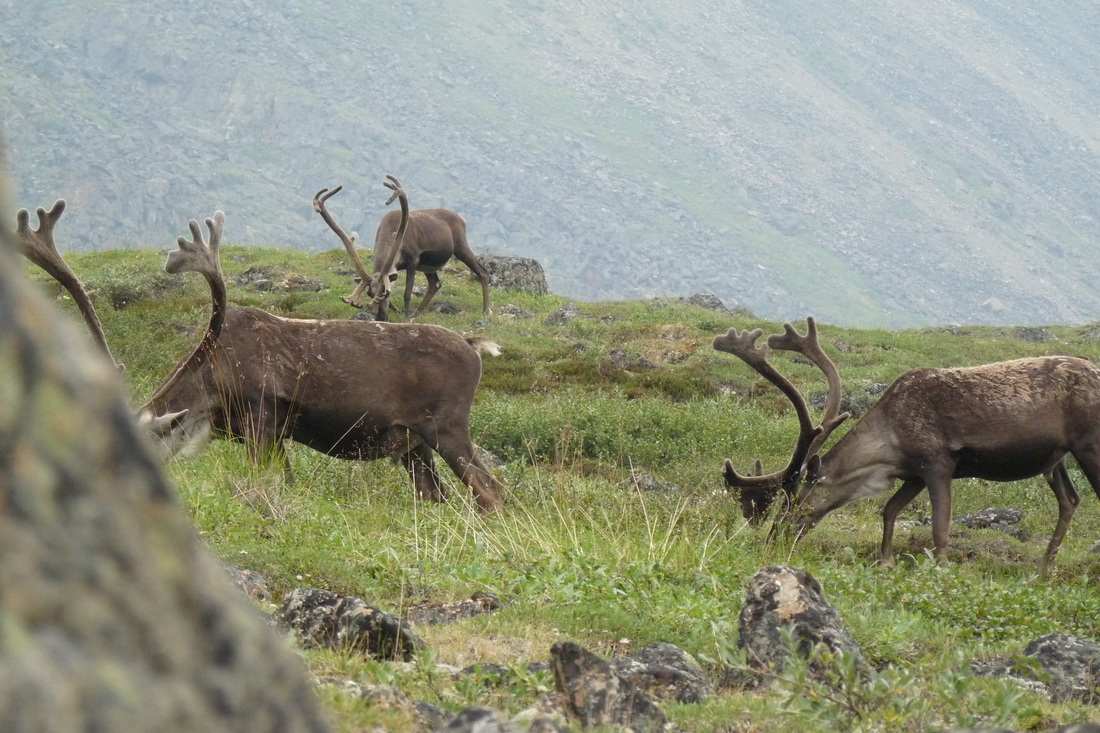
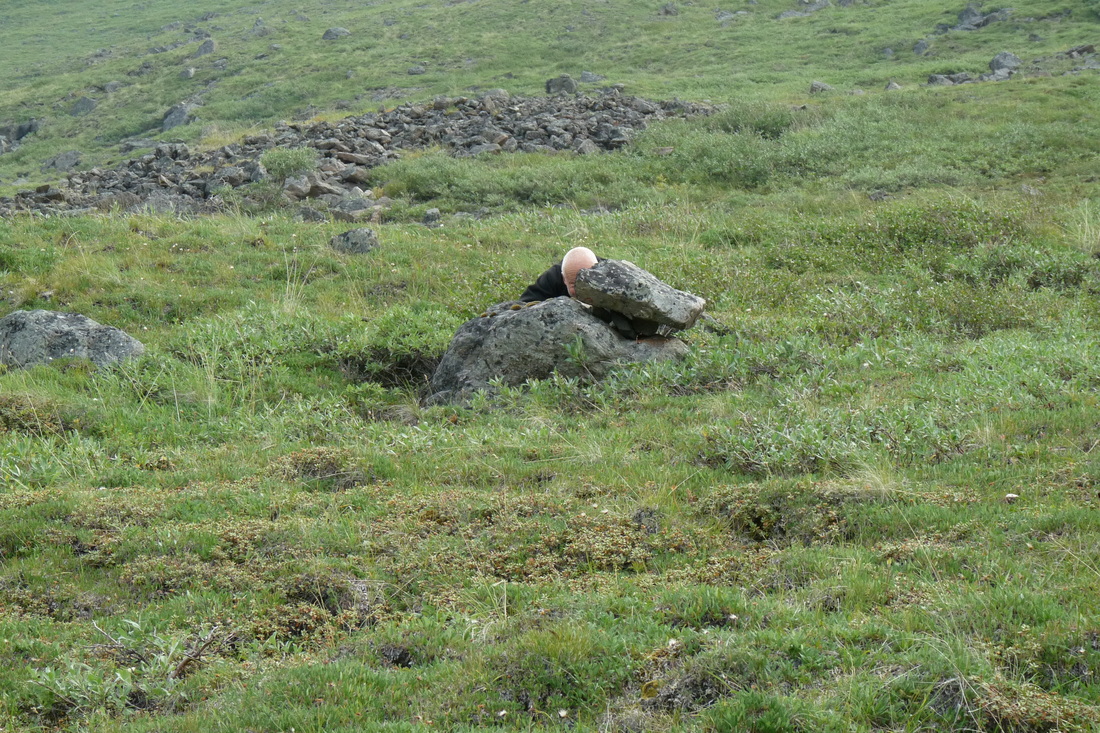
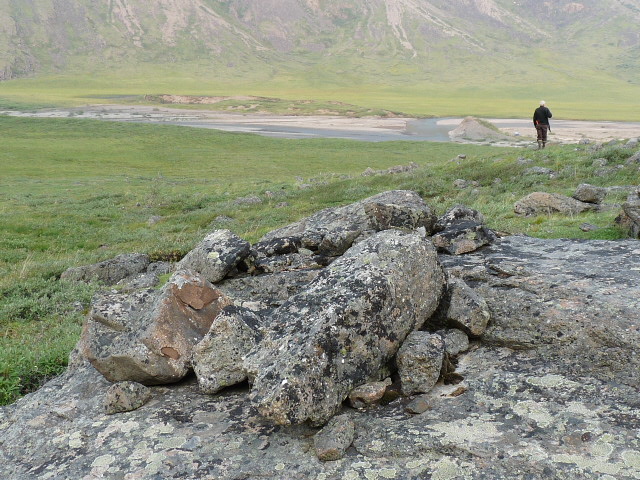
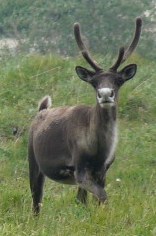
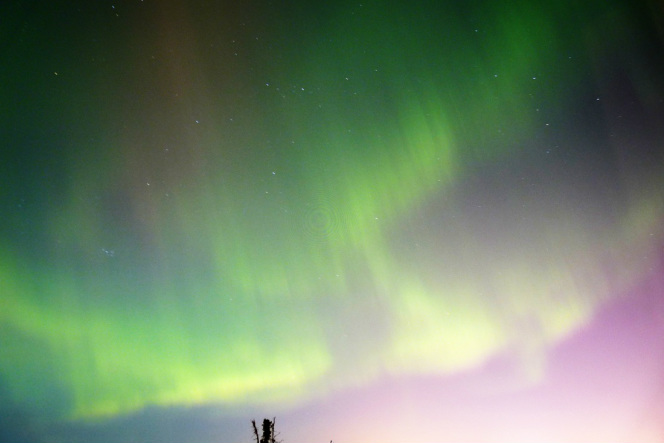
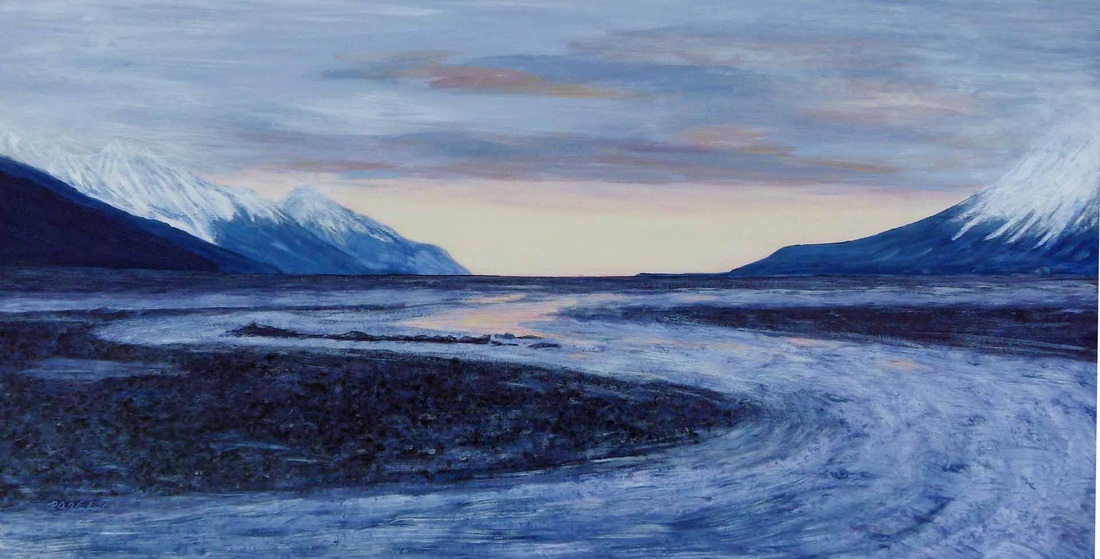
 RSS Feed
RSS Feed